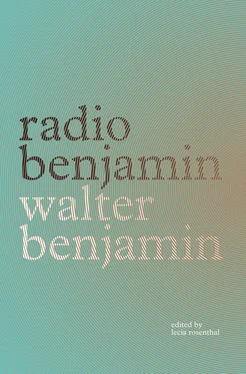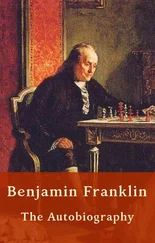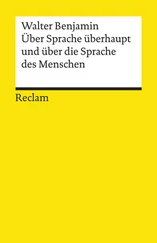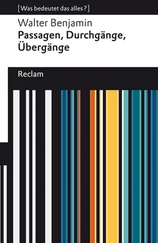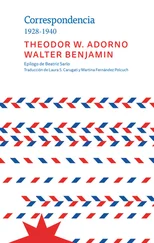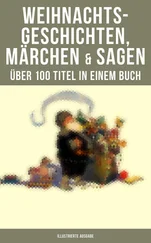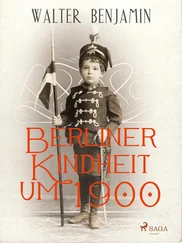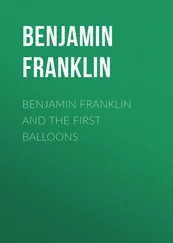1 While we have included all of the extant texts of Benjamin’s dialogues, listening models, and radio plays, we were unable to include all of the surviving materials from Benjamin’s contributions to the first category, that of the radio lecture or talk. For additional titles, dates, and surviving materials related to the “literary radio talks,” see GS, 7.2, 608–9. For additional texts that fall under the broad category of the talk or lecture, see the Appendix.
CHAPTER 32. Children’s Literature
Dear invisible ones!
Surely you have often heard it said: “God! We didn’t have it this good when I was young. We were still terrified about our grades then; we weren’t yet allowed to walk barefoot on the beach.” But have you ever heard someone say: God! We didn’t play this nicely, either, when I was young. Or: When I was little there weren’t such beautiful storybooks. No. Whatever one reads or plays during one’s childhood is remembered not only as the most beautiful and the best, but often, and quite incorrectly, as unique. And it is completely commonplace to hear adults bemoan the vanishing of toys that they could actually buy in the nearest store. In thinking about these objects, everyone becomes a laudator temporis acti, a reactionary. That’s why they must have a special significance. Although we won’t speak about that for the moment, we do not want to forget during the following that children may find, as they do in all things, something very different in books than an adult does.
There is a great deal — to begin with the primer — that one could draw out of the relationship of the child to the alphabet. From the earliest stages, when every character in the alphabet is a yoke through which hand and tongue have to slip, humiliated, on through the later stages, when the child handles the sounds playfully and founds his first secret society deep in the thicket of the “Robber” and “Peas” languages. 1Surely no story of seafarers or ghosts gets as deep under a growing boy’s skin as the primer did when he was little. The first German primers still approached children with naïve pedagogical skill. These “little voice books” were set up onomatopoetically. The “O” rings out from the mouth of a wagoner who is driving his horses in the picture, the “Sh” comes from a woman who is shooing hens on another page, the “R” is the growling of a dog, and the “S” is put into the hissing throat of a snake. But soon this auditory emphasis receded, and ever since the Counter-Reformation we have had primers in which the grandeur of the characters appear to the startled child’s eye in clouds of flowery phrases and flourishes. That was followed by the compartments and boxes system of the eighteenth century, in which the little reading words were pressed into military cadres that stood joylessly close together, and the letters were the drill sergeants who, as capital letters, gave orders to their nouns. Some primers that date from this time have title pages that promise the abecedarian 248 illustrations. On closer inspection, the whole thing is eight pages long and the illustrations are placed one next to the other in tiny frames. Admittedly, no primer can be so eccentric that the child doesn’t take from it what he or she needs in the end, as Jean Paul shows so beautifully in his description of the one by Schoolmaster Wuz: “Cheerfully and undisturbed, he copied the ABC in beautiful official handwriting. Between all the black letters, he stuck in red ones to grab everyone’s attention; thus most children in Germany remember the pleasure with which they fished out the boiled red ones from the black ones and enjoyed them like cooked crabs.” 2
The schoolmasters, of course, quickly found out that not only does the child have the most difficulty with the primer, but, of all books, the primer has the most difficulty with the child. The most obvious thing to do was to emancipate the visualization as much as possible from the word, not to mention the letter. The first attempt along these lines was the Orbis pictus by Amos Comenius, printed in 1658. 3It depicts the objects of daily life, as well as of supersensory life, in simple, crude representations shown on several hundred tables the size of map sheets. The text was limited to a German-Latin table of contents. This work was one of the great and rare successes in the realm of pedagogical children’s books, and if one really thinks about it, it appears to be the beginning of a very momentous development, which has, even today after two and a half centuries, still not come to a close. Yes — today less than ever. The extraordinary timeliness that all attempts to develop instruction based on visualization possess stems from the fact that a new, standardized, and wordless system of symbols seems to be arising in very different areas of life — in traffic, art, statistics. Here, a pedagogical problem touches upon a wide-sweeping cultural one, which could be expressed with the slogan: For the symbol, against the word! Perhaps there will soon be instructive picture books that introduce the child to the new language of symbols for traffic or even statistics.
As far as the old picture books are concerned, the milestones in their development are marked by Comenius’s Orbis pictus, Basedow’s Elementary Work, and finally Bertuch’s Picture Book for Children . 4This last is composed of twelve volumes, each with one hundred colored copperplates, and was published in Weimar between 1792 and 1847 under Bertuch’s direction. Its careful execution exhibits the great dedication with which work for children was done at the time. 5To infuse the instructive picture book with text — to structure the text in an elementary way without allowing it to become a primer — that is admittedly a difficult, almost insoluble task. It has rarely been achieved. Thus Wich’s ingenious, instructive book Hobby Horse and Doll, published in Nördlingen in 1843, seems all the more remarkable. The following verse is taken from it:
In front of the little city sits a little dwarf,
Behind the little dwarf is a little mountain,
Out of the little mountain flows a little brook,
On the little brook swims a little roof,
Under the little roof is a little room,
In the little room sits a little boy,
Behind the little boy stands a little bench,
On the little bench rests a little cupboard
In the little cupboard is a little chest,
In the little chest is a little nest,
In front of the little nest sits a little cat,
I want to remember that little place. 6
If there is any field in the world where specialization must invariably fail, it is in the creation of works for children. And the beginning of the misery in children’s literature can be described with one word: it happened at the moment when it fell into the hands of specialists. The misery of children’s literature is admittedly not at all the misery of the children’s book. Because it was great good fortune that for a long time pedagogues paid little attention to the illustrated part of the books, or at least could not grab a hold of it with their standards. And so something was preserved here that became increasingly rare in the literature: the pure seriousness of mastery and the dilettante’s pure playful joy, both of which create for children without knowing it. Rochow’s Kinderfreund [The Child’s Friend] from 1772, the first reader, is also the beginning of actual “youth literature.” 7One has to distinguish between two epochs here: the moral, edifying epoch of the Enlightenment, which met the child head-on, and the sentimental epoch of the last century, which insinuated itself into him. The first was certainly not always as boring and the second not always as dishonest as today’s parvenu pedagogics would like to believe, but both are characterized by an average of wretched mediocrity. A beautiful and above all linguistically highly unsuccessful example, on the watershed between these two genres, follows here:
Читать дальше
